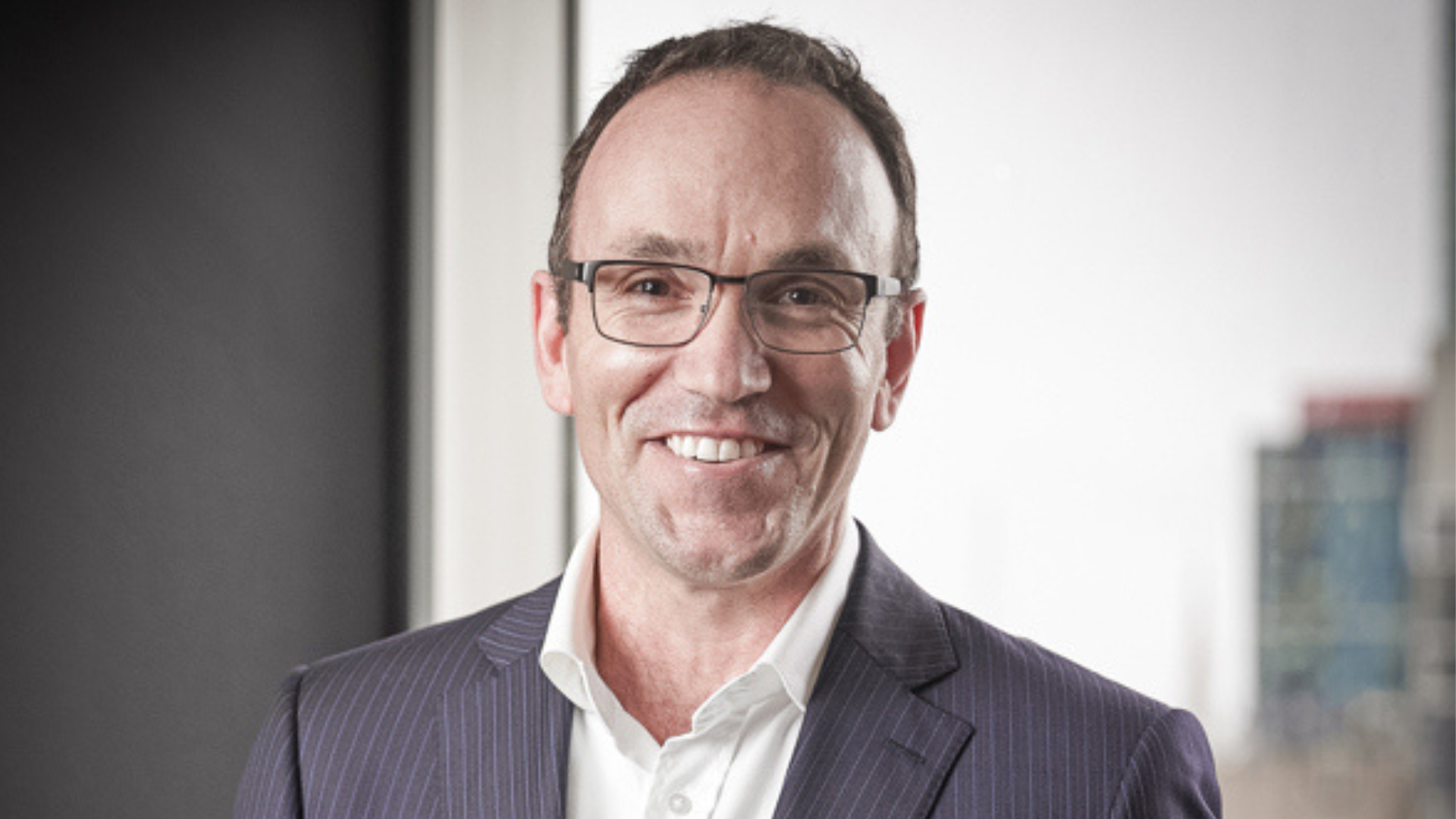Regulator puts custody on the backburner in NZ
by David Chaplin*
Later this year, probably, the Financial Markets Authority (FMA) of New Zealand will release the findings of a long-awaited review of the country’s custody sector. Securities servicing, as it should be known, has been long neglected by the NZ regulator.
The review – understood to have been outsourced to consultancy firm PwC – has been a long time coming after the issue was flagged by the International Monetary Fund (IMF) in its 2017 NZ financial health check. Curiously, custody was a notable exception from the 2013 Financial Markets Conduct legislation despite originally slated for tighter regulation during the 2010 review of the predecessor Securities Act.
But licensing of custodians – as recommended by the IMF – is not the only option on the table, according to Liam Mason, FMA regulation director. He said the Government was considering other proposals to “influence practices” in the NZ custody business without resorting to a full-blown licensing regime. Custody was a “multi-layered problem” with a few different models operating in NZ.
“It will be useful to have a granular look at the different [custody] models and the risks that some throw up,” he said. “… it’s not just risk in a legal sense but what they mean in practice.”
The IMF report, however, found NZ was a global outlier, noting that custodians were “neither subject to prudential requirements nor to ongoing supervision by any other authority”. The IMF report said: “Given that custodians perform key functions regarding safeguarding investors’ assets, the government should require that these entities be licensed and subject to ongoing supervision by the FMA.”
But while the FMA has been distracted by other issues – banks and insurers, for example – some industry players are concerned custody risks are accruing in the regulatory gap.
Hugh Stevens, Smartshares chief, said the importance of custody was, in general, poorly understood in the local market.
Stevens, who previously held senior roles with global custodian BNP Paribas in NZ and France, said the current regulatory vacuum posed “all sorts of questions” for the local industry.
According to Stevens, without any formal licensing or sufficient regulatory guidance “few NZ market participants know what good custody practice looks like”.
He said custodians have two core duties – safekeeping assets; and, income collection – with little known about how the NZ entities have performed on either of these counts.
Under current rules, custody can be provided by nominee companies; often featuring the same directors as the investment operational entities. Regulation should address issues such as nominee company director independence, governance standards, operation of custody accounts, prudential regulation and reporting, Stevens said.
“If poor custody leads to actual losses for investors, confidence in the industry could suffer. Is that a risk we want to take?” he said. “You don’t need to go far to see where there have been very poor outcomes for investors from badly-regulated custody regimes.”
In fact, you could stay at home, according to Anthony Edmonds, head of Implemented Investment Solutions (IIS).
Edmonds said the 2012 Ross Asset Management (RAM) saga – still playing out in courtrooms – clearly demonstrated the risks of shoddy custody.
Some regulations were rushed in post-RAM but he said the dangers remain, as witnessed in the 2018 collapse of Australian-headquartered brokerage firm, Halifax, that also caught out investors in a related NZ entity.
Halifax NZ liquidator, Ferrier Hodgson, told local investors the Australian entity had combined client funds via complex underlying structures.
“The reason for this co-mingling appears to be improper operation of trust accounts and improper application of client monies by Halifax AU,” Ferrier Hodgson says.
Loose custody arrangements may also have been a factor in the recent Barry Kloogh case – the Dunedin-based financial adviser who appears to have funneled off at least $8 million from investor clients.
Edmonds said retail investors tended to accept the custodial assurances of product providers without clearly understanding the risks.
“We get a lot of questions from InvestNow [the IIS-owned direct fund platform] about how we secure their money – and 99.99 per cent will accept our answer at face value,” he said. “The problem is that average investors don’t know the difference between good and bad custody.”
InvestNow provides a simple custody checklist for investors, covering questions such as:
- are the custody assets held in NZ?
- who is the underlying custodian and are they completely independent of the investment provider?
- what entity name holds the assets – are they on the Financial Services Providers Register?
- who audits the custodian?
- can you transfer the assets from the custodian to your own name via an off-market transfer?
“In practice, though, retail investors struggle to get their heads around custody and that’s where regulation has to step in to maintain standards across the industry,” Edmonds said.
Another local provider noted that the risks highlighted by the IMF in 2017 were only increasing along with rising fund assets – mostly due to mandated growth of KiwiSaver.
“The worst thing that could happen would be if there was some [custody-related] incident that occurs in the intervening period before the government addresses licensing of custodians that may have been preventable with regulatory oversight.”
In its March 2017 NZ report, the IMF rated licensing of custody as a ‘short term’ priority for the NZ government, or a task to be completed within one to three years: the FMA could still make the deadline.
*David Chaplin is publisher of Investment News NZ










